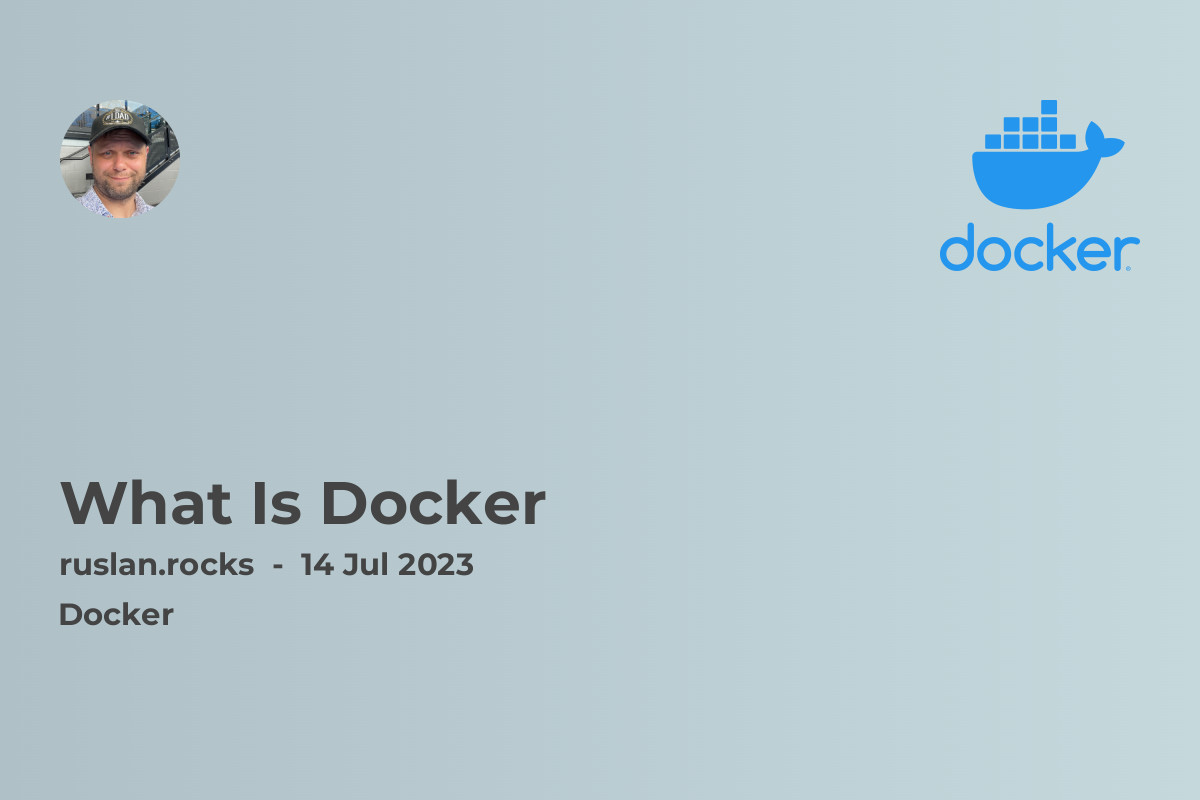- What are Containers?
- How Does Docker Work?
- Benefits of Docker
- Use Cases for Docker
- Getting Started with Docker
- Conclusion

Docker is a platform that allows developers to automate the deployment and management of applications using containerization. It offers a lightweight and efficient way to package software and its dependencies into a container, which can then be run on any system without worrying about compatibility issues.
What are Containers?
Containers are lightweight and isolated environments that include everything needed to run an application, such as code, runtime, system tools, and libraries. Unlike virtual machines, which require a separate operating system, containers share the host system's kernel, making them more lightweight and faster to start. This isolation ensures that applications run consistently across different environments, regardless of the underlying infrastructure.
How Does Docker Work?
Docker uses a client-server architecture to manage containers. The Docker client communicates with the Docker daemon, which is responsible for building, running, and distributing containers. Containers are created from Docker images, which are read-only templates that define the application's environment. Docker images are built using Dockerfiles, which are text files that contain instructions for assembling the image.
Benefits of Docker
- Portability: Containers are completely self-contained and can be easily moved between different systems and environments, making it easier to develop and deploy applications consistently across different platforms.
- Scalability: Docker allows for easy scaling of applications by enabling the creation of multiple containers running the same application, all sharing the load.
- Isolation: Containers provide a level of isolation that ensures that applications do not interfere with each other, making them more secure and reliable.
- Resource Efficiency: Containers share the host system's resources, reducing the overhead compared to running multiple virtual machines.
Use Cases for Docker
- Application Deployment: Docker simplifies the deployment process by ensuring that applications run consistently across different environments, eliminating the "it works on my machine" problem.
- Microservices Architecture: Docker is well suited for building microservices-based architectures, where each microservice runs in its own container, making it easier to manage and scale individual components.
- Continuous Integration and Delivery (CI/CD): Docker can be integrated into CI/CD pipelines to automate the build, test, and deploy processes, enabling faster and more reliable software releases.
- Development Environments: Docker allows developers to create reproducible development environments, which can be easily shared and used by the entire team.
Getting Started with Docker
To get started with Docker, you need to install Docker Desktop, which provides an easy-to-use interface for managing containers on your local machine. Once installed, you can use Docker commands to build and run containers based on existing Docker images.
Conclusion
Docker has revolutionized the way software is developed, deployed, and managed. Its lightweight and efficient containerization technology offers numerous benefits, including portability, scalability, and resource efficiency. Whether you are a developer, system administrator, or DevOps engineer, understanding Docker and its capabilities is essential for modern software development.
Related Articles:
